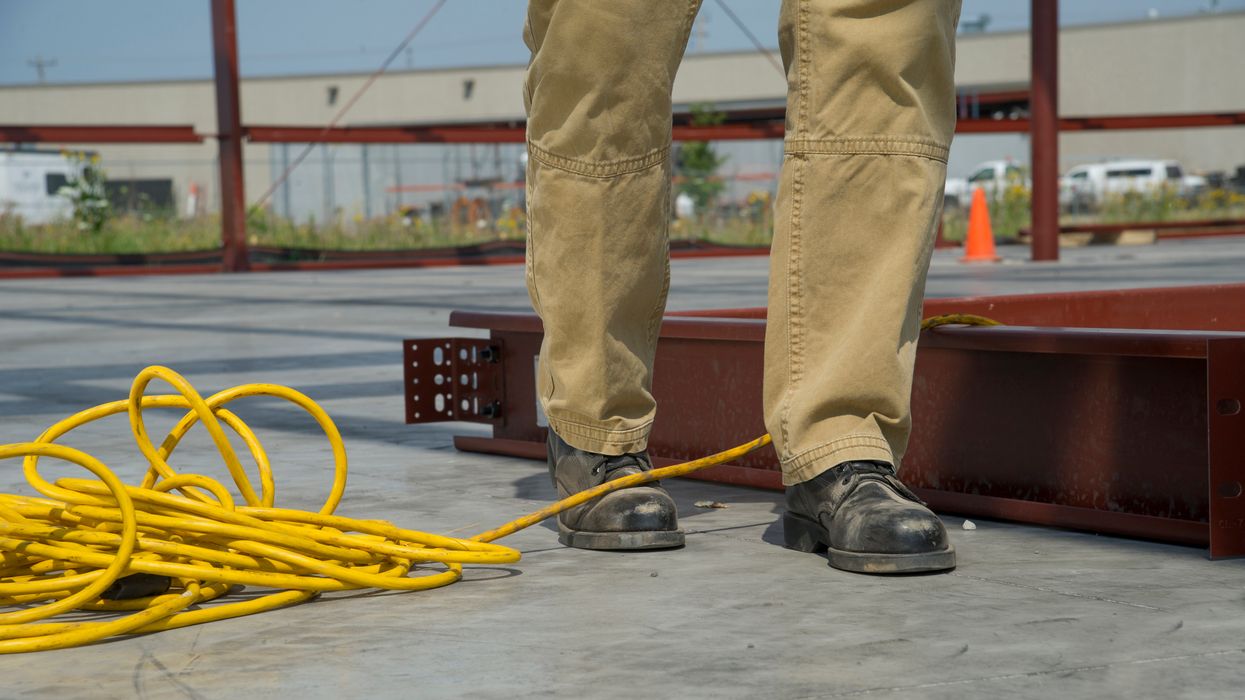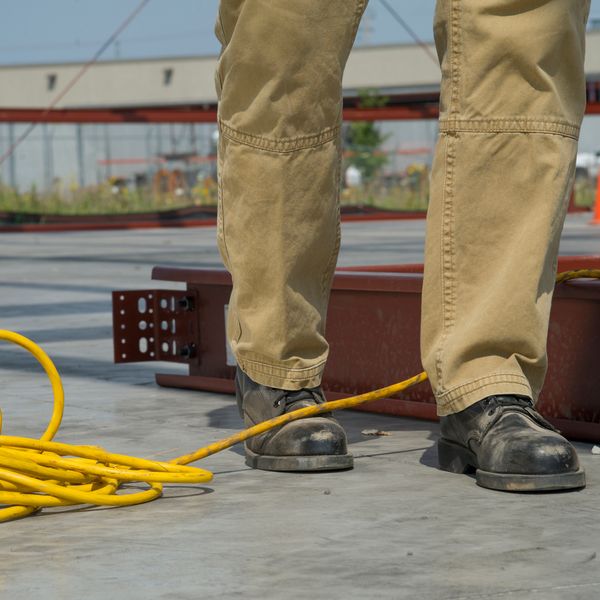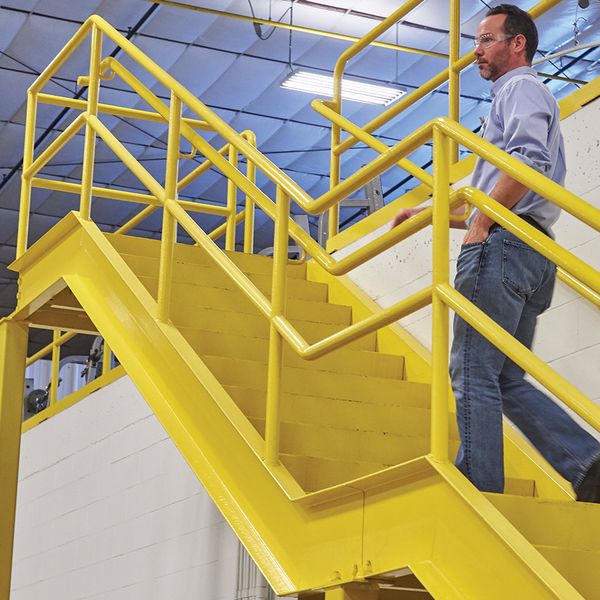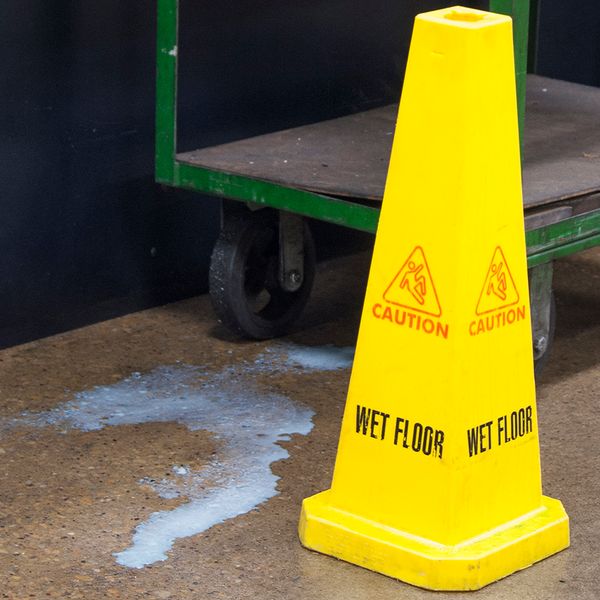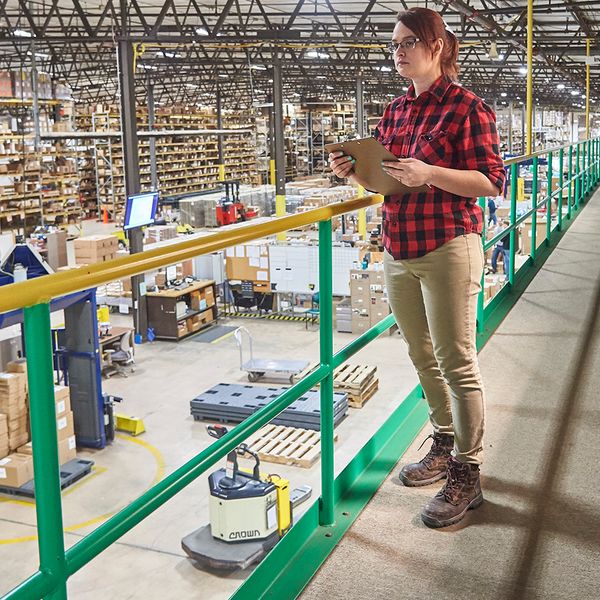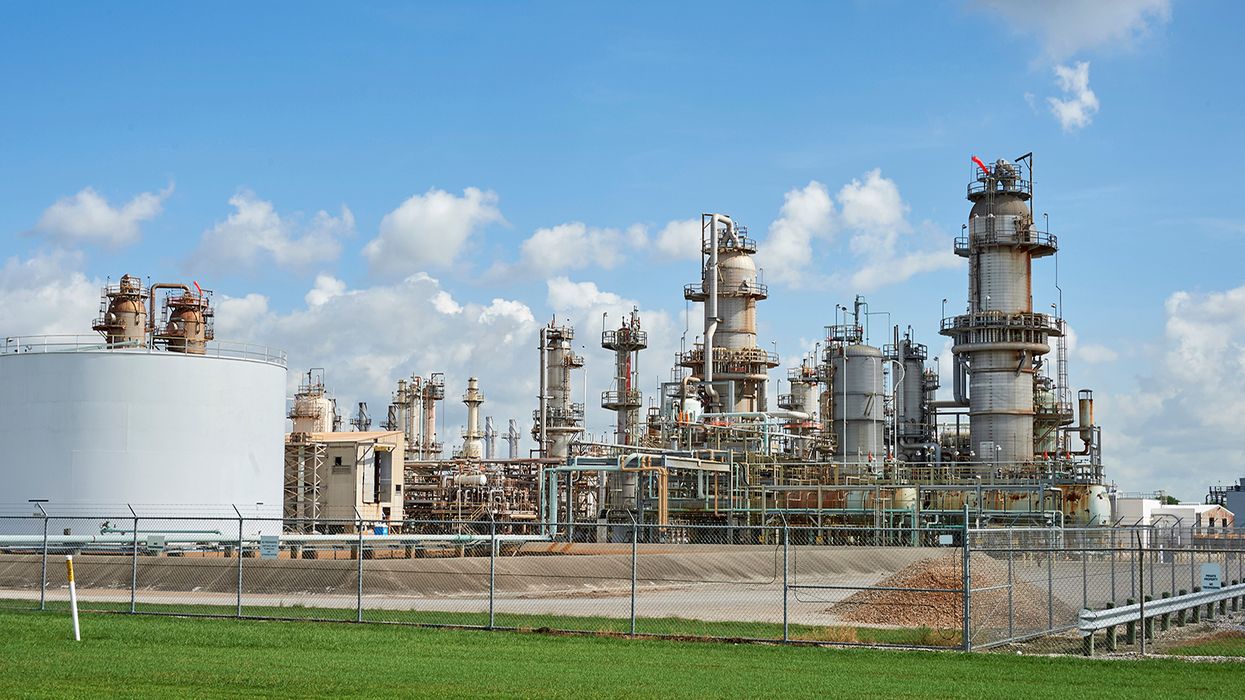Don’t let slips, trips, and falls get you down
Did you know that to prevent accidents and ensure worker safety, employers must proactively identify and address hazards in accordance with OSHA's Walking-Working Surfaces rule? From regular inspections to implementing fall protection measures, staying vigilant is crucial in maintaining a safe working environment.
Slips, trips, and falls account for most general industry workplace accidents, with nearly 700 of these accidents resulting in death each year. The U.S. Bureau of Labor Statistics reports that there were 450,540 days away from work due to slips, trips, and falls that were reported in 2021 – 2022. Slips, trips, and falls are preventable and following OSHA’s walking-working surfaces standards and safe work practices can ensure workers are protected from these types of injuries.
Slips, trips, and falls
Slips and trips can lead to falls, but the reason for either occurrence differs. Slips happen when there is a lack of friction between your feet and the surface you’re walking on, while trips occur when your foot hits an object and throws you off balance. Falls occur whenever you move too far off your center of balance. Falls from an elevated position present the greatest chance for injury or death, but same-level falls can also lead to serious injuries.
Slip hazards include:
- Water, ice, snow, grease, or any wet product on smooth floors;
- Dust, powders, or other dry products on smooth walking surfaces;
- Freshly waxed or highly polished surfaces;
- Muddy terrain; and
- Soles that are wet, muddy, or greasy.
Trip hazards include:
- Uncovered hoses, cables, wires, or cords across walking surfaces;
- Obstacles or clutter on walking surfaces;
- Unmarked steps or ramps;
- Rumpled carpets of mats; and
- Speed bumps and curb drops.
Additionally, other factors can contribute to slips, trips, and falls, including walking while distracted, fatigue, poor vision, and poor lighting. Ensure you perform a thorough hazard assessment. Don’t overlook the less-than-obvious hazards such as wet work surfaces or morning dew that workers may need to address before going to work.
OSHA’s Walking-working surfaces regulations
General industry requirements can be found under 1910 Subpart D, Walking-working surfaces. The regulations cover all walking and work surfaces, including floors, aisles, stairs, and ladders to name a few. Under OSHA’s Walking-working surfaces regulations, employers must ensure:
- All places of employment, passageways, storerooms, service rooms, and walking-working surfaces are kept in a clean, dry, orderly, and sanitary condition;
- Walking-working surfaces are kept free of hazards such as sharp or protruding objects, loose boards, corrosion, leaks, spills, snow, and ice;
- Each walking-working surface can support the maximum intended load;
- Employees use the appropriate means of access and egress to and from walking-working surfaces;
- Walking-working surfaces are inspected regularly and maintained in a safe condition;
- Hazardous conditions are corrected or repaired before employees use the walking-working surfaces again; and
- A qualified person performs or supervises the correction or repair of any hazardous condition involving the structural integrity of the walking-working surface.
Slip, trip, and fall prevention measures
To mitigate slip, trip, and fall hazards, employers should provide:
- Handrails;
- Slip-resistant surfaces;
- Adequate lighting;
- Markings to indicate the edges of steps or elevation changes; and
- Training to workers that enables them to recognize slip, trip, and fall hazards.
Workers can also help prevent slip, trip, and fall accidents by:
- Wearing proper footwear;
- Applying safe work practices;
- Practicing good housekeeping (keeping walkways free of clutter); and
- Making note of slip or trip hazards.
When was the last time you checked your workers’ footwear? You may be surprised by what you find. Worn soles increase the risk of slipping over walking-working surfaces.
Key to remember
Employers should use guidance from OSHA’s Walking-working surfaces regulations to ensure workers’ protection from slip, trip, and fall hazards.

